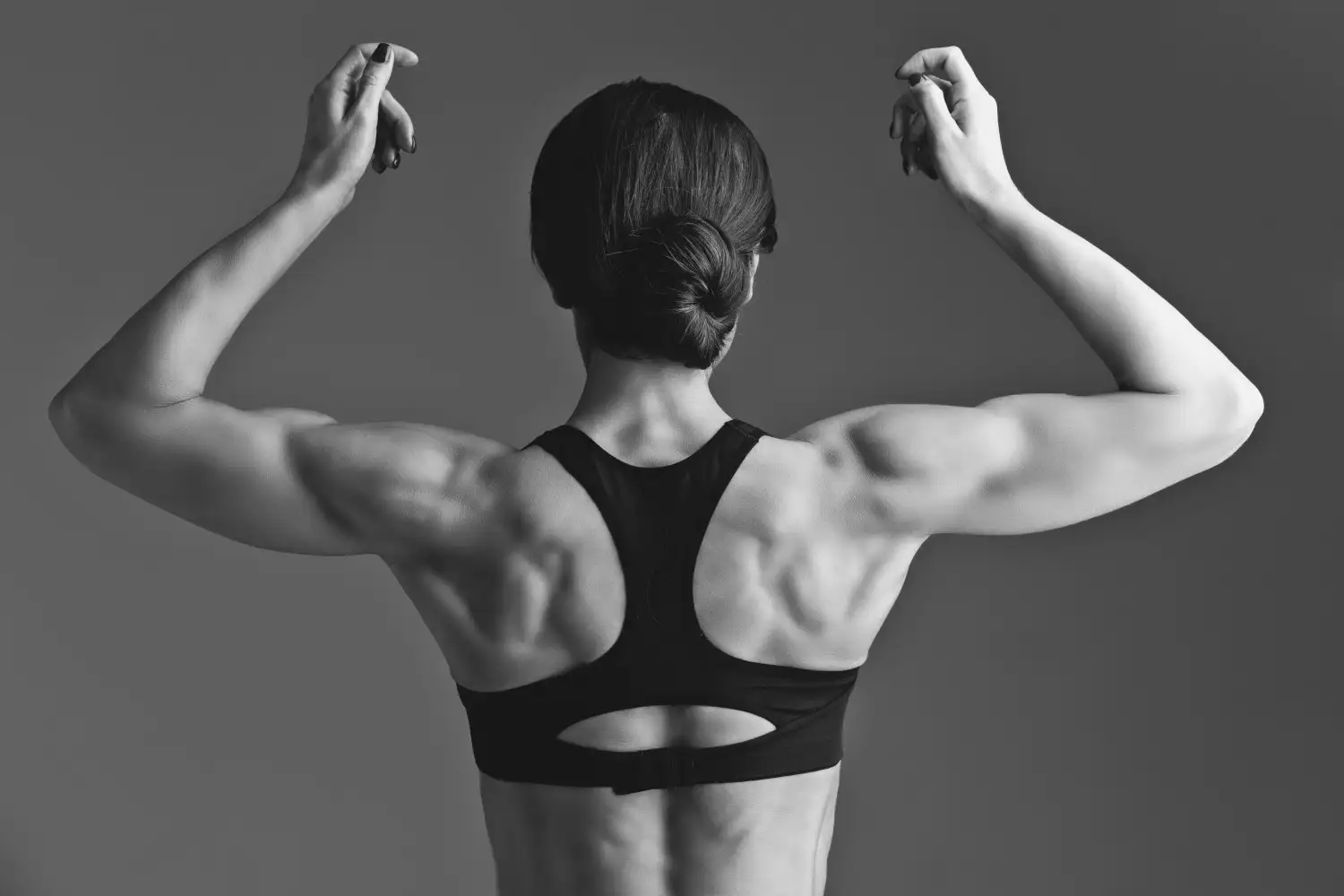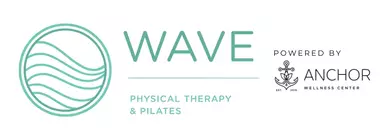The Latissimus Dorsi is one of the largest muscles of the body. It spans from the top and bottom of your spine and attaches into your arms around the armpit area. It is used for shoulder extension, or pulling your arm towards your back as well as pulling down your shoulders towards your hips. It is also a very important muscle when it comes to bracing your core. Contracting your lats isometrically (without movement of limbs) creates tension throughout your whole posterior torso and allows for you to build rigidity throughout your spine. This should be used when lifting heavy objects. Power lifters will use this contraction to protect their spines when doing deadlifts and squats to keep them from flexing their spine under immense weight and risking injury. The lats connect the upper body to the lower through the thoracolumbar fascia by creating a bridge that force can travel along in order to use your glutes more efficiently. Lat contraction can also be used to generate power transfer from your legs or core to your torso when doing things like bench pressing or overhead pressing. Creating the stiffness in your lats stabilizes the spine and allows for a strong base of support when moving objects with your limbs.

The lats act as the largest spanning muscle group that creates the posterior, or backside of your core. Most people think of the 6 pack muscle or rectus abdominis as the main core muscle but really it is an egg shaped 360 degree structure comprised of your diaphragm (top), rectus abdominis, transverse abdominis, and obliques (front), pelvic floor(bottom), and then your spinal erectors, lats, rhomboids (posterior). The core is used for moving your trunk as well as building intra-abdominal pressure. By allowing air into your lungs then compressing on all sides of the core you are creating a pressurized balloon like structure that is protecting your spine from external forces. The stronger and more rigid you can make your torso the more force you can produce through your limbs.
The lats take a little bit more intention and mindfulness to engage properly. It doesn’t feel like a natural piece of the puzzle when first trying to incorporate them into your core contraction. You have to physically pull your shoulders down and back while keeping your chest high in order to fully engage the lats and make sufficient tension. This is to be done every time you are lifting something relatively heavy to you. If you are just lifting a pencil from the ground you shouldn’t have to worry about engaging your whole core at full capacity in order to fend off the risk of injury. Sometimes when you’re injured it will take that amount of effort unfortunately.
Lets talk some more on how a proper core contraction can help you produce force. Think of a piece of cooked spaghetti versus a spring. The spaghetti gets crushed by anything that sits on top of it while the fully filled balloon can push back a bit and fight to keep its structure. If we act like the spaghetti and are fully relaxed when trying to lift something then we would be crushed as well. Now our brains aren’t going to let us get crushed because our we have an innate urge for survival and will engage the muscles we need for us in order to try to minimize injury to our bodies, but you get the picture. If we get ourselves to be more like the balloon, which is how I described the core earlier, we have a fighting chance at moving some weight and not getting hurt. Creating that structure and pressure within our core by utilizing all of our core muscles as well as our lats will let us be more like the balloon, with a little more than just rubber and latex protecting us on the outside.
If we can engage the core properly and get our lats activated in such a manner that we can transfer force from our torso, through the thoracolumbar fascia, and into our glutes and hamstrings then we can be very efficient and safe in our lifting. You don’t want to lift with your back, just like you may have heard many times throughout your life. In order to do this you have to coordinate your breathing without your core contraction while maintaining a neutral spine position(not letting it bend). Your glutes and hamstrings are going to be the next structures that are going to be utilized once the force transfers through your posterior torso. These are your big mover muscles that are made to create force when lifting, not your lumbar multifidi and paraspinals. The posterior core muscles are there to stay rigid as you use your legs to drive the weight up. If there is a disconnect between your core and your legs then you can have extra movement and force occurring where it shouldn’t be which would cause extra strain on structures that may not be able to handle that and potentially cause injury.
The lats are a very important muscle when it comes to pulling motions, as well as bracing our core. Without them we are relying on smaller muscles like our spinal erectors and rhomboids to try to keep our spine from bending and getting torqued by external forces. Engaging the whole core in all 360 degrees of it is essential for spinal health and getting the force demand from the torso to the legs where the glutes and hamstrings can take care of it. This takes practice with reps and reps to be able to do this well. When at the gym, even starting your warm up weights by practicing contracting your full core to get the feel for it can be a great way to make it a habit. We want to be as efficient as we can when using our bodies, especially when it comes to lifting heavy weights.
About the Author

Dr. Dennis Mirosh completed his health and fitness education at the University of Cincinnati and later obtained his Doctorate of Physical Therapy from the University of Dayton. As an outpatient orthopedic physical therapist, Dr. Mirosh treats various conditions, with a special interest in athletes, particularly weightlifters and martial artists. He brings prior experience in martial arts and personal training, further enhanced by mentorship, and is also certified in Dry Needling. In his leisure time, he enjoys diverse activities like weightlifting, food exploration, travel, disc golf, and skiing, and he’s fluent in Russian.


